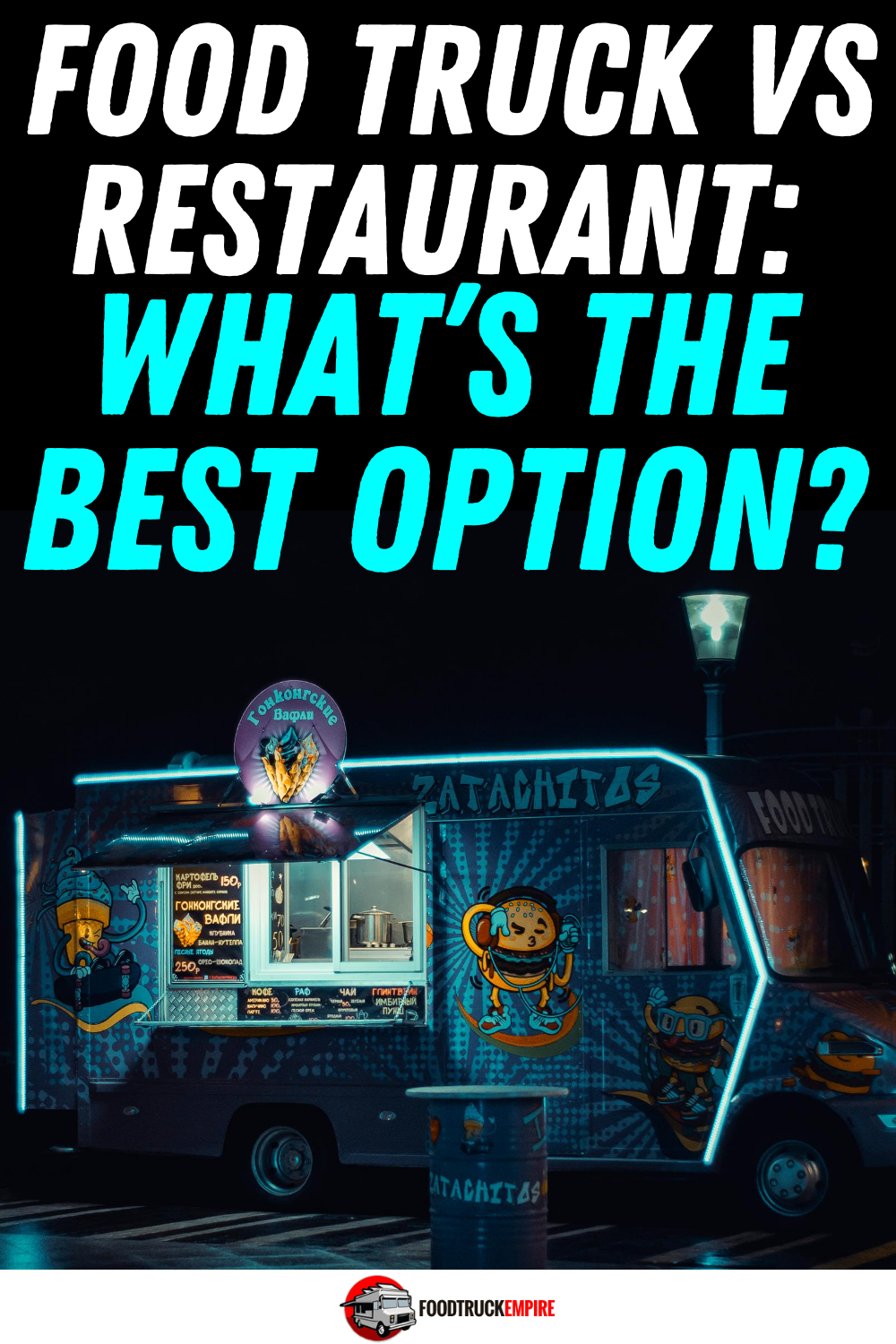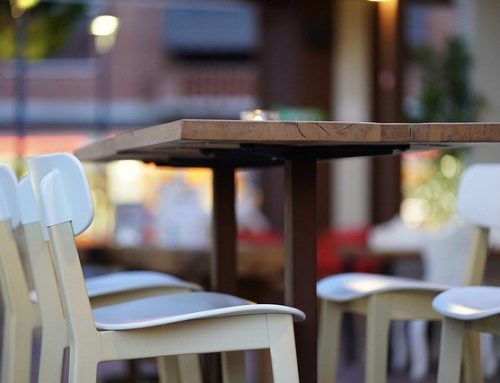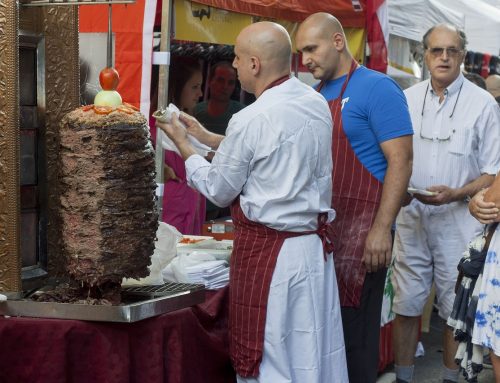For several years, I operated a food truck on the coast of a sleepy fishing village on the coast of Maine. Because that’s the dream, right? Gorgeous sun-kissed summers, abundant, fresh seafood and ingredients, making your own hours, and answering to nobody but yourself? It’s the kind of thing that gets a lot of us daydreaming about starting a food truck in the first place.
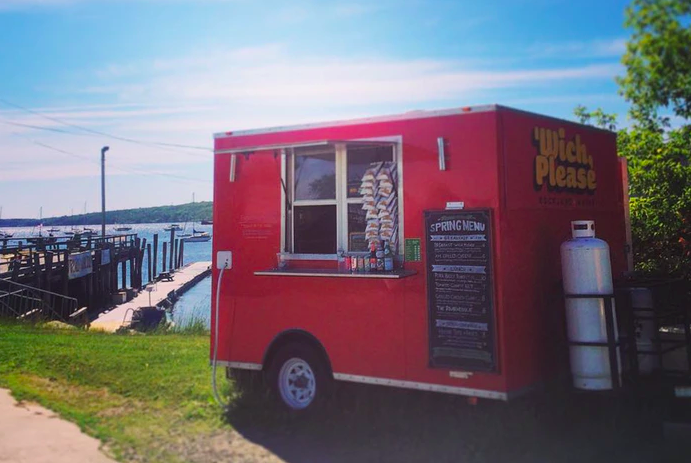
Though I wouldn’t have admitted it during those early days on the truck, I probably always secretly thought that my foray into the food business would evolve into a brick and mortar location. Isn’t that the second part of the dream? That you’ll use your food truck as proof of concept, and your outrageous success will get you noticed by an investor eager to turn your fledgling business into an empire, with a six-figure investment and your name above the door of a real restaurant?
Related Reading:
- 8 Specific Ways I Saved Money Opening My Restaurant
- How I Converted a House into a Fully Licensed Restaurant (Part 1)
After my first year running the business, I was enjoying the kind of success that I’d hoped for in my daydreams. I was getting tons of positive feedback from customers, lots of really good press, and even a few regional awards for the food I was producing. Everything was humming along just the way I’d hoped it would…until the hammer of winter fell.
Winters in Maine can be punishing. In addition to watching your steady stream of customers slow to a trickle, there are tons of logistical problems inherent in running a mobile food business in a frigid climate. Water lines freeze. So do gas lines. Your greywater tank turns into a solid block, bursting the seams.
Your little hot water heater, try as it might, can’t get water heated to food-safe temperatures. You find yourself huddled around the heat of the griddle, as the thin insulation of the aluminum trailer bleeds what little heat there is, right through the walls. And that’s all before you’ve even had the parking lot plowed out, for you to even get to your truck in the first place.
The extreme seasonality of business here made me realize that a move to a brick and mortar location wasn’t just another pie-in-the-sky part of the dream; it was actually going to be a necessity, if my business was to survive year round.
Advantages of a Restaurant

While that magical angel investor with his comically oversized sweepstakes checks never managed to find me, I was able to finance the leap into a restaurant in 2019. And for the first month in business, I found myself wandering around the new kitchen space, thinking, “YESSSSSSSSSuh…THIS is why I made the leap to brick and mortar.”
Here are a few of the advantages thus far, along with a few of the things I didn’t expect when making the shift to restaurant owner.
No Artificial Limits on Volume
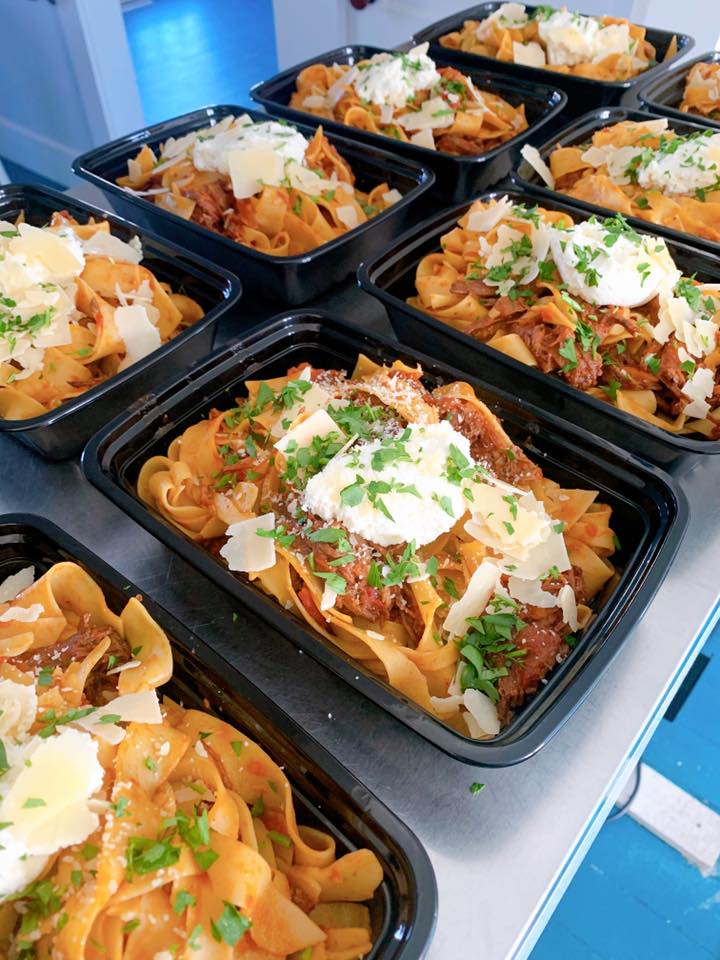
On my tiny 8×10 foot concession trailer, I had a real problem: I was limited by how much food I could physically carry at one time. Whether there were 20 people waiting on my line, or 200, I only ever had the same amount of food to sell…and when it runs out, you’re turning customers away and leaving money on the table. After all, one of the hardest parts of this business is getting people to show up, and it’s incredibly frustrating to get them there, and then not have any food to sell them.
In a restaurant, there’s really no excuse for running out of food. Between the walk-in cooler or in my case, multiple refrigerators scattered throughout the kitchen, there’s no such thing as “running out,” except as a result of poor planning. In a brick and mortar, you’ve always (hopefully) got more ingredients, which means that nobody ever has to get turned away.
The Ability to Buy Full Cases of Product

While we’re on the subject of space, here’s another major improvement over the food truck: Tons and tons and tons of storage space. You probably already know that when it comes to disposables (think take out containers, plastic forks, bags, coffee stirrers, napkins, and on and on), buying full cases of product is much less expensive than buying just what you need, a few items at a time.
Our local restaurant supply warehouse charges the same price for a sleeve of fifty cardboard takeout boxes, as the national suppliers get for an entire case of 250. The trouble when you’re on a food truck, is that it doesn’t matter how great the savings is when buying a full case. Sure, you can buy 10,000 forks for $6, but then…where are you going to store 10,000 forks? Space on a food truck is at a premium, and you often can’t justify losing the space, just to save a few bucks.
In a regular restaurant? Full cases of everything, all the time. In fact, if you look at my disposables storage area, you’ll probably think I have some sort of cardboard clamshell container PTSD. There are full cases of everything I could ever use, neatly arranged on shelves, ensuring that I’m getting the best possible price, and I’ll never run out.
A Dishroom! A Real Dishroom!
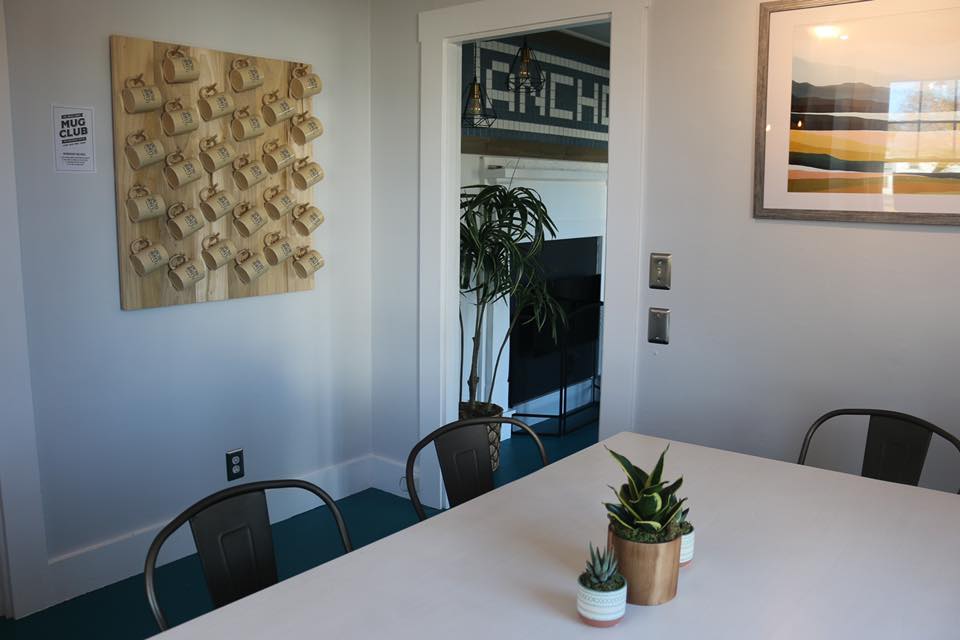
On a food truck, the three-bay sinks required by the health department are really kind of a joke. For example, on our truck, the sinks were made out of half-sized metal hotel pans, with drains drilled in the bottom. Sure, it may get you a signature from the health department, but it doesn’t exactly make washing dishes very easy.
Combine that with the nature of food truck service, that is, people grabbing food in to-go containers or paper trays, and you’re running through a LOT of disposables. The luxury of being able to wash my pots and pans in sinks big enough to actually hold them has been a huge plus, and cut down dramatically on the number of disposable products I’m using.
My Utilities Come to Me (Instead of the Other Way Around)
Anyone who’s run a food truck for any length of time knows that the frantic, last-minute scrambling around can be part of the excitement and the appeal…at least at first.
Booking a catering job and having to worry about the electrical hookup or whether your generator is going to crap out, finding potable water, wondering if you’ll be able to get a stable enough cellular connection to handle credit card swipes, and constantly running out at the last minute for propane tank refills all becomes part of your day-to-day life as the operator of a food truck…but it’s this crazy running around that can eventually lead to burnout.
Now? I flip a switch and the lights turn on. The propane that feeds my stove is delivered by a guy in a khaki colored jumpsuit, and I don’t even have to know what his name is. The internet always works. It just works. In the end, there’s a lot to be said for the magic of utilities just appearing at your location, and it’s something I continue to be grateful for.
You Can Get Deliveries! Of Food!

On my food truck, I was CONSTANTLY driving around all over town, chasing down the various supplies and ingredients I needed from dozens of different suppliers. Limited financial resources and a lack of a fixed address meant that most major foodservice wholesalers wouldn’t or couldn’t deliver to me, which meant that if I wanted something specific or special, I had to go out and find it during my already limited downtime.
Now? Big trucks come! Big trucks come and they deliver whatever I want, and I just have to sign something! Cilantro micros. Whole belly clams. Guajillo chiles by the case. Right now, I have an entire case of fish sauce. (I know, I don’t mean to brag.) It’ll take me ten years to use it all. But by goodness, I know I’ll never run out, and if I do, more is just a phone call or an internet order away.
Bad Weather Won’t Tank my Sales (But Good Weather Might)
When I would wake up in the morning and see dark thunderclouds on the horizon, it filled me with dread, because I knew that rain would spell disaster for my food truck sales.
After all, no one wants to stand outside on a cold, rainy day, while you make their tacos or sandwiches or whatever. In a brick and mortar, a crummy day usually has the opposite effect; I tend to do more business on rainy or cold days, when people are antsy, wanting to get out of the house, and anxious to have contact with other human beings.
Related Reading: 7 Reasons to Consider Adding Small-Batch Retail to Your Restaurant
If anything, the bright, warm sunny days that I used to treasure now mean that sales may sometimes take a hit. After all, when the weather is perfect, people don’t want to eat your artisanal tater tots; they want to go out and take a windsurfing class or go on a cheese-tasting tour or engage in a meaningful romantic relationship or whatever the hell else it is people who have lives and don’t work in the restaurant industry get up to when the weather turns sunny.
There are many, many reasons why I’m glad I made the leap to a restaurant location. But of course, there are a few downsides, as well:
Advantages of a Food Truck

Operating a restaurant feels more like a real job. There’s a certain flexibility, to running a food truck.
While showing up consistently is an important part of building a loyal customer base, there’s something to be said for just…not doing it on the days you don’t feel like it.
Have you got the sniffles? Do your kids have a soccer game? Want to go to Belize with your girlfriend? When you own a food truck, you can just skip a day here and there, as needed.
In a restaurant, you need to show up, every day, even when you have other stuff to do, or may not be feeling your best. Don’t get me wrong; I’m grateful for the stability (compared to the food truck) of this business, but I do sometimes kind of miss the ability to wake up some mornings and say, “Y’know what? Not today.”
Overhead is Higher, and There’s More to Manage
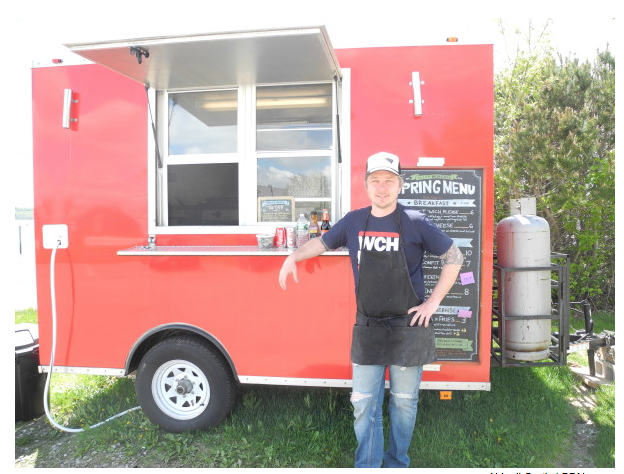
Running a food truck feels a little bit like being a lone gunslinger, and for me, that was part of the appeal. Your relative success or failures, on any given day, was directly tied to you, the food you made, and whether or not you forgot to refill the propane tanks.
In a brick and mortar, you can start to feel a little bit crushed by the responsibilities you have and the number of balls you’re keeping in the air all at one time.
Between relentless utility bills, repair bills for equipment, paying rent, inventory purchasing and management, and god forbid, keeping your staff healthy and happy, it’s a lot to manage and keep tabs on.
But it’s this same level of new responsibility that means that (hopefully!) the business will scale, you’ll get to go on vacation sooner or later, and maybe your kid will get to have braces. In some ways, transitioning to a brick and mortar feels a lot like growing up. And growing up can be hard.
As you might imagine there are pros and cons to operating both a food truck and restaurant. We hope this guide will help you make the best choice for your situation.
